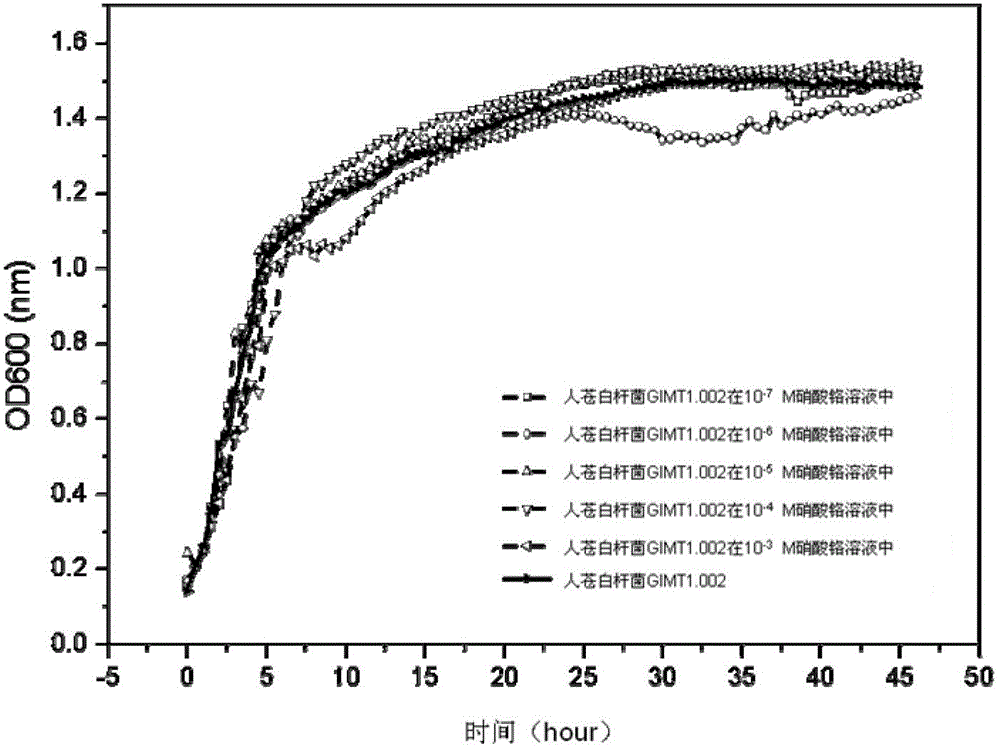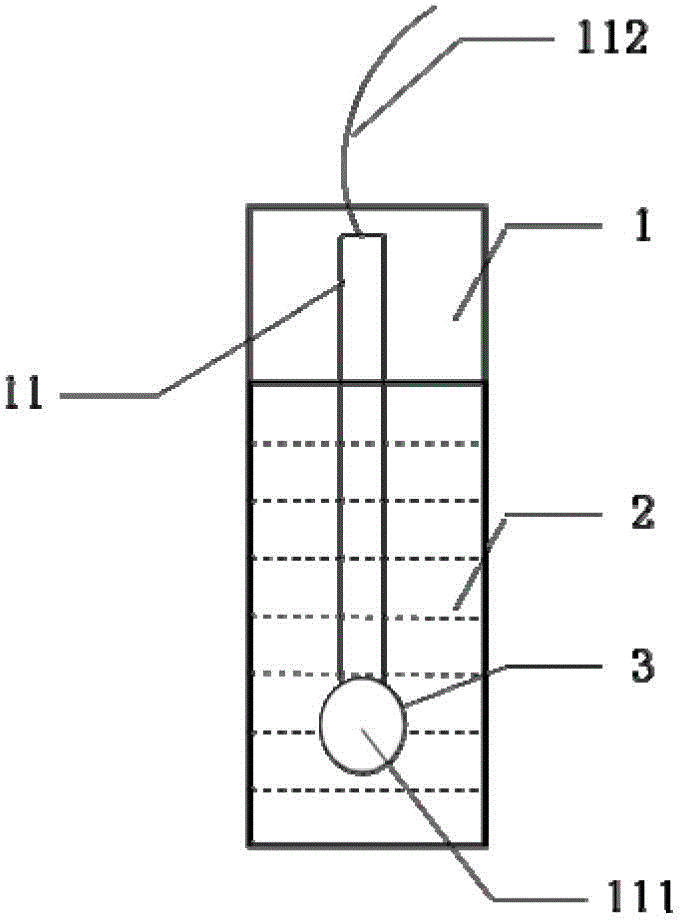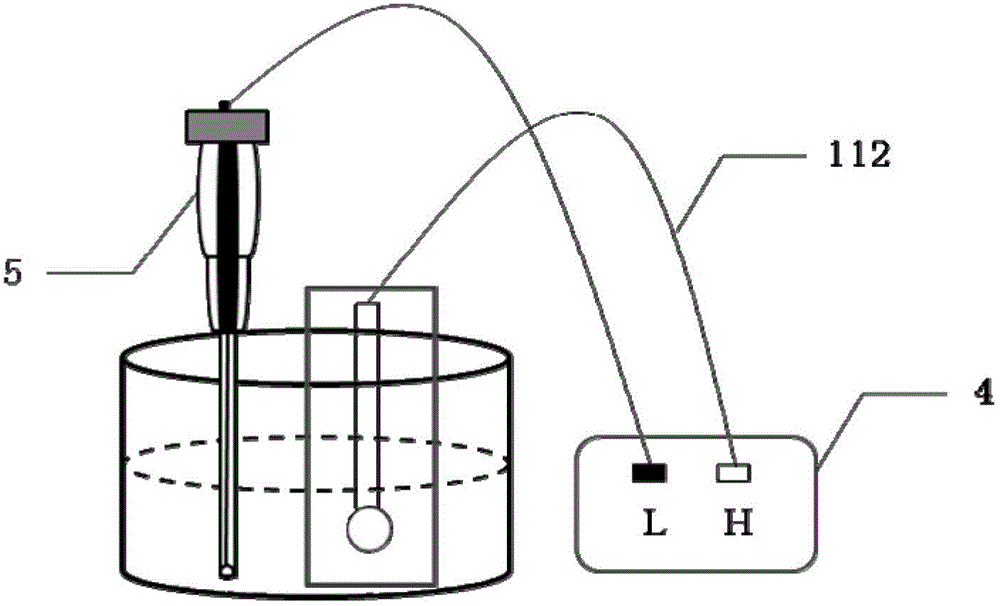Novel microbial sensor for detecting chromium ions
A microbial sensor and chromium ion technology, applied in instruments, measuring devices, scientific instruments, etc., can solve the problems of lack of localized strains and limited types of strains, and achieve low production cost, easy portability, and small sample requirements Effect
- Summary
- Abstract
- Description
- Claims
- Application Information
AI Technical Summary
Problems solved by technology
Method used
Image
Examples
Embodiment Construction
[0024] The following examples are to further illustrate the present invention, rather than limit the present invention.
[0025] 1. Preparation of a novel microbial sensor for detecting chromium ions:
[0026] 1. Selection of bacterial strains: Tolerance experiment of Pallidum GIMT1.002 to chromium ions
[0027] Inoculate Pallidum GIMT1.002 in 10 -7 mol / L~10 -3 mol / L chromium nitrate LB medium, in optical density OD 600 1. Under the condition of shaking at 30°C for 48 hours, the growth curve of the human Pallidum GIMT1.002 strain was determined. like figure 1 As shown, the strain no matter at low concentration (10 -7 mol / L) of chromium nitrate solution or in high concentration (10 -3 mol / L) in the chromium nitrate solution showed a state of continuous growth, about 30 hours into the stationary phase (the solid line in the figure is the growth curve of the strain in the medium without chromium ions). Therefore, it was proved that P. hominis GIMT1.002 is tolerant to chrom...
PUM
| Property | Measurement | Unit |
|---|---|---|
| Diameter | aaaaa | aaaaa |
| Thickness | aaaaa | aaaaa |
Abstract
Description
Claims
Application Information
 Login to View More
Login to View More - R&D
- Intellectual Property
- Life Sciences
- Materials
- Tech Scout
- Unparalleled Data Quality
- Higher Quality Content
- 60% Fewer Hallucinations
Browse by: Latest US Patents, China's latest patents, Technical Efficacy Thesaurus, Application Domain, Technology Topic, Popular Technical Reports.
© 2025 PatSnap. All rights reserved.Legal|Privacy policy|Modern Slavery Act Transparency Statement|Sitemap|About US| Contact US: help@patsnap.com



